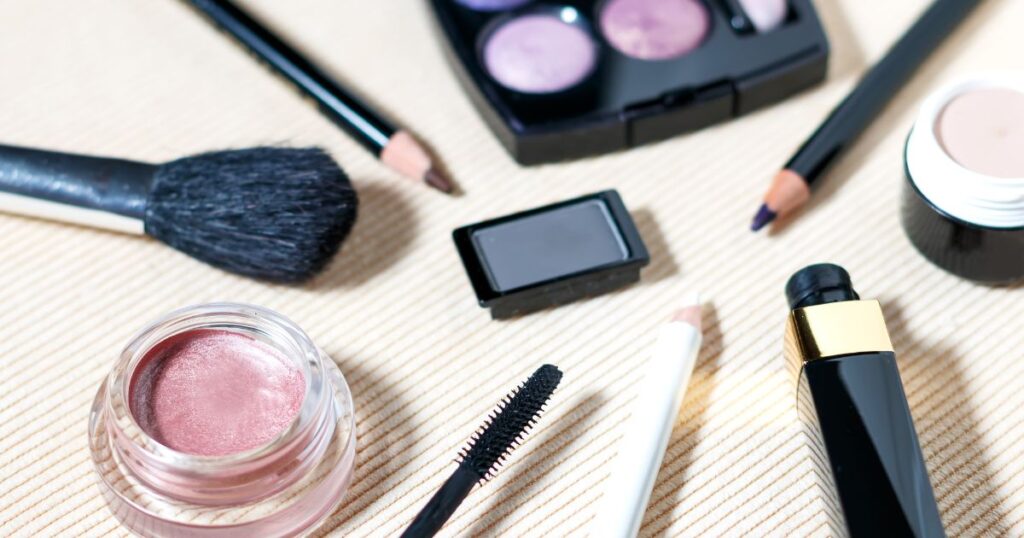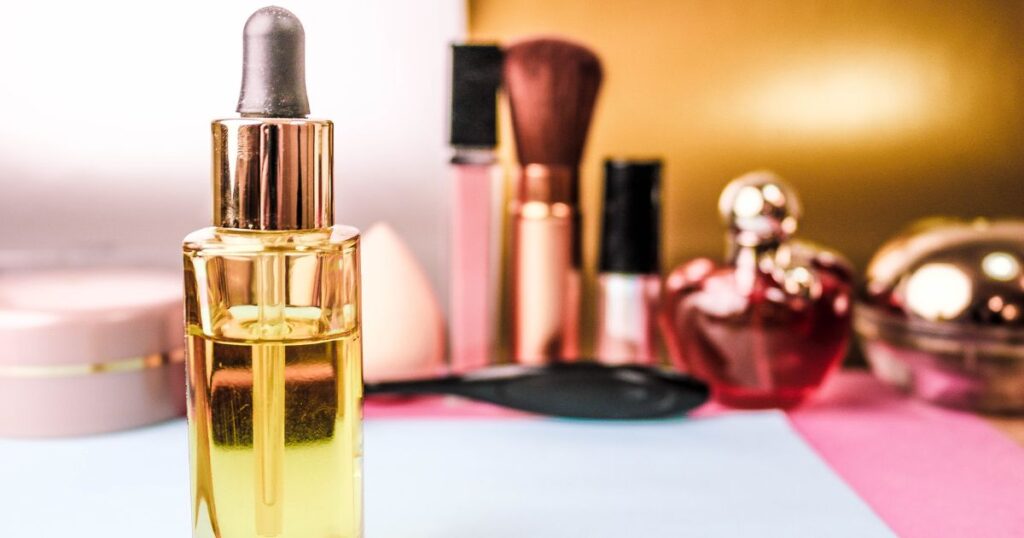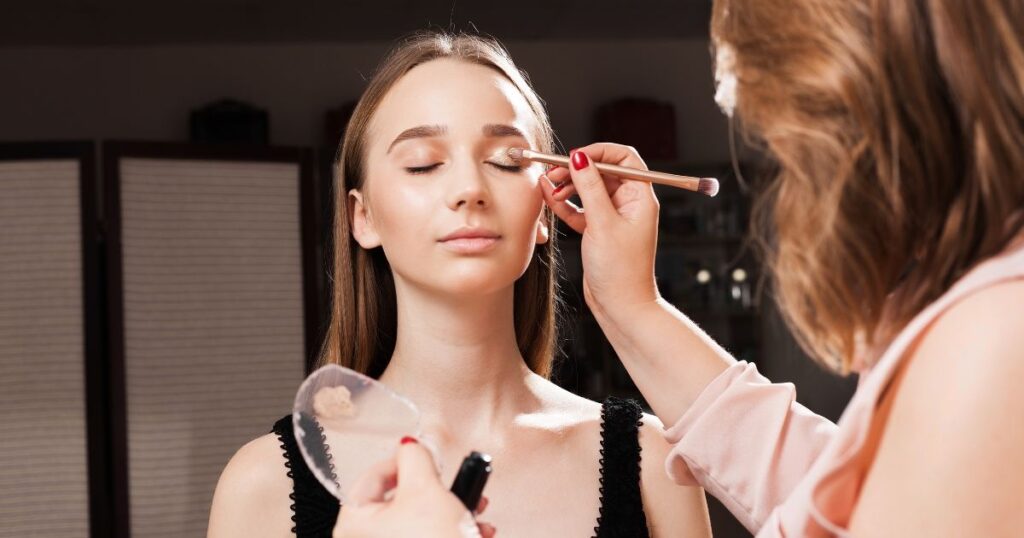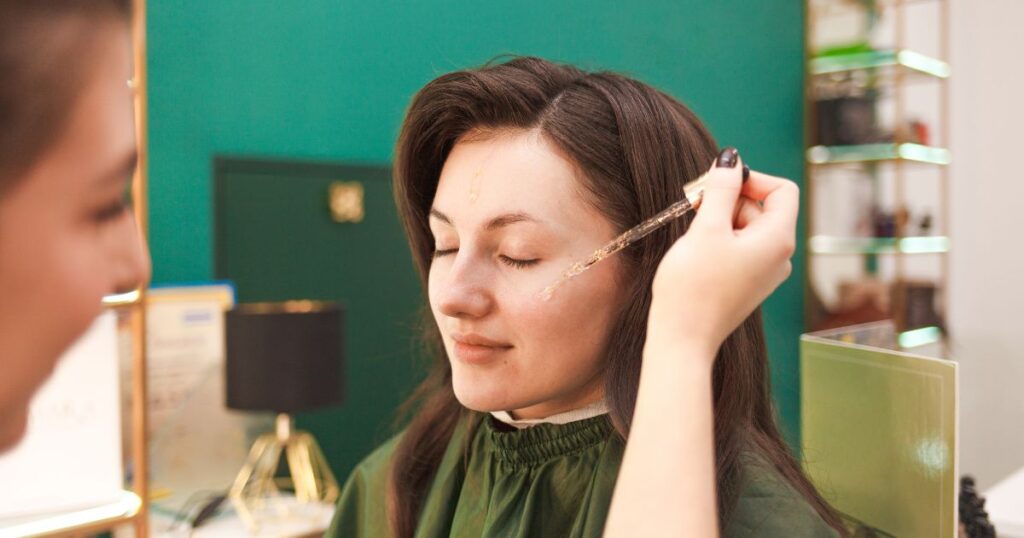Makeup enthusiasts often find themselves navigating a maze of product terminology, especially when it comes to foundation primers. This essential component of a makeup routine is often overlooked or misunderstood. In this article, we will delve into the difference between foundation and primer, explore the various types of face primers, understand their benefits, and highlight the key ingredients to look for or avoid. Whether you are a makeup novice or an experienced beauty aficionado, this guide aims to demystify the world of makeup primers.
Foundation vs. Primer:

Foundation and primer are integral parts of the makeup process, applied before other color cosmetics. While both contribute to achieving a smoother, more even skin tone, they serve distinct purposes.
Foundation:
Foundation is a colored product designed to cover and conceal imperfections on the skin. Its primary role is to even out the skin tone by addressing areas of redness, irritation, or dark spots. Concealer, a related product, offers heavier coverage than foundation and is used to cover blemishes.
Primer:
Primer is applied before foundation, acting as a base after the skincare routine. Unlike foundation, primers are clear and slippery, resembling a serum. Their purpose is to smooth the skin, fill in lines and wrinkles, and create a less porous surface for makeup application. While not intended to correct color or even out the skin tone, primers make the subsequent makeup application easier and more effective.
What Does Foundation Primer Do?

A foundation primer serves as a shield on the skin, preventing makeup products from being fully absorbed. This not only enhances the longevity of makeup but also blurs pores, making them appear virtually invisible. A primer can fill in wrinkles and create a smooth canvas for makeup, ensuring a flawless finish.
Types of Face Primers:
Face primers have evolved beyond their initial canvas-creating abilities. Today, there are various types catering to specific skin concerns:
- Color Correcting: Addresses redness or dull skin tone using shades like green or yellow.
- Anti-Aging: Contains ingredients to treat wrinkles and fine lines.
- Moisturizing: Provides extra hydration, suitable for all skin types.
- Illuminating: Adds a healthy glow with light-reflecting particles.
- Mattifying: Controls shine, especially for oily skin types.
Choosing the Right Primer:
Selecting a primer depends on individual skin needs. Consider options like color-correcting for specific issues or anti-aging for added benefits. Opt for a natural, plant-based primer that hydrates and conditions the skin.
Ingredients to Look For:
Look for living ingredients in primers to ensure safety and efficacy:
- Jojoba Oil: Mimics the skin’s natural oil, creating a protective barrier.
- Adaptogenic Herbs: Addresses specific skin concerns without causing irritation.
- Rosehip Oil: Offers anti-aging benefits and hydration.
- Buriti Oil: Packed with antioxidants and essential fatty acids.
Ingredients to Avoid:
Certain ingredients commonly found in facial primers can be harmful. Avoid alcohol, silicone, lanolin, stearic acid, nanoparticles, and synthetic fragrance, as they may lead to skin issues.
How to Apply Foundation Primer?

Apply primer after your skincare routine, allowing it to create a barrier between the skin and makeup. Use a small amount, as most primers are concentrated. Allow the primer to dry fully before proceeding with foundation and concealer application. Avoid over-applying, as it can lead to clogged pores and a heavy makeup feel.
Common Primer Mistakes to Avoid:
To maximize the benefits of a primer, avoid mixing synthetic and natural ingredients in your skincare routine. Ensure the primer dries fully before applying makeup and consider your skin type when selecting a primer. Always check compatibility between primer and foundation formulas and refrain from using multiple primers simultaneously.
Read Also:
How Long Do Silk Wrap Nails Last?
Conclusion:
Makeup foundation primers play a crucial role in achieving a flawless makeup look. By understanding their purpose, types, and ingredients, you can choose the right primer for your skin’s needs. Embrace the less-is-more philosophy, prioritize living ingredients, and follow proper application techniques to make the most of your primer. With this guide, you can navigate the world of makeup primers confidently, ensuring a smooth and radiant complexion.

